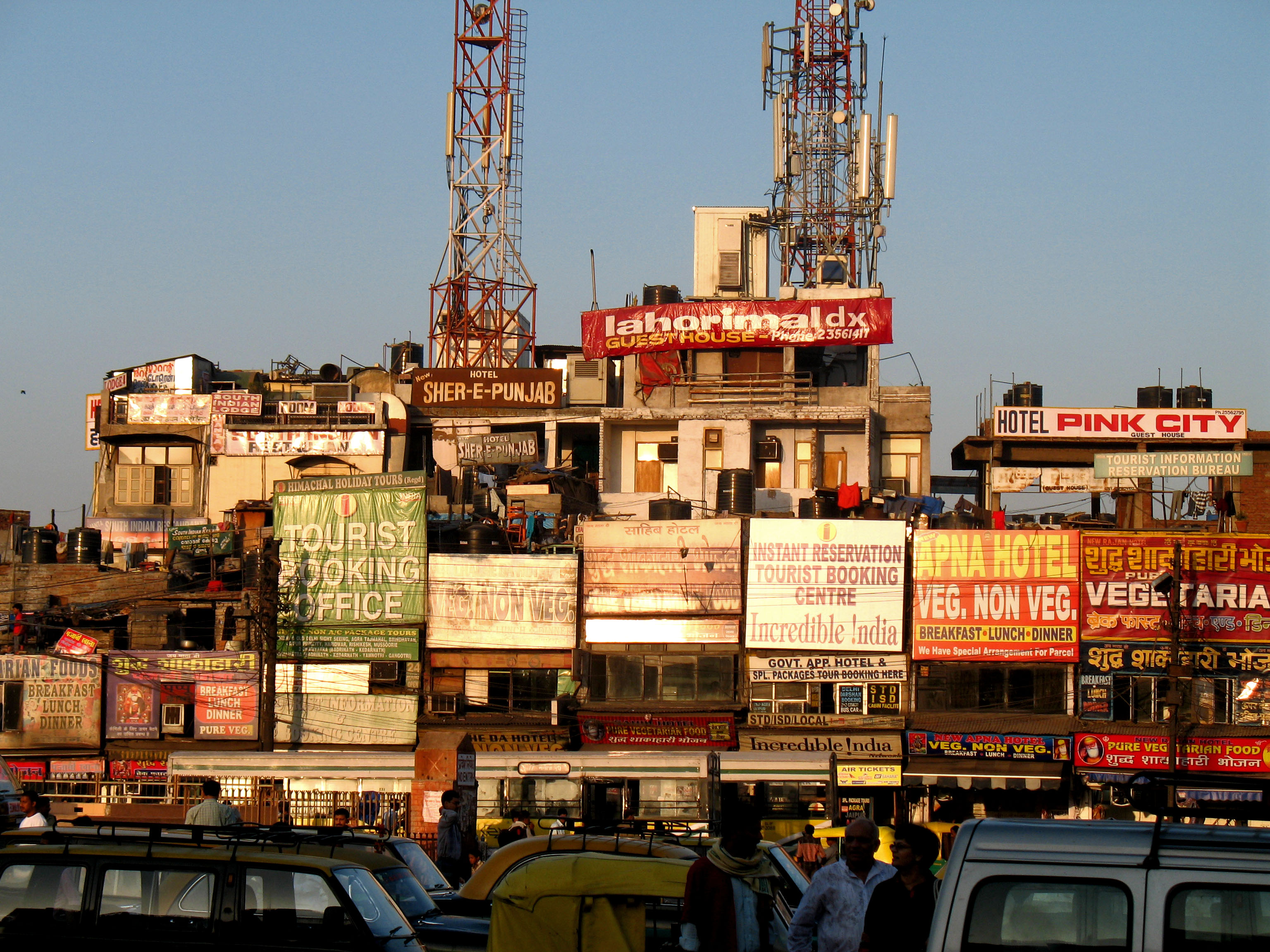Some of the most memorable times that I have had living in India are those that are most unplanned and unexpected. Two weeks ago a friend and I hired a taxi to take us to Pahar Ganj (more on that later). As we were traveling, I asked our driver which temple we were passing. He immediately got very excited as he was a Sikh, and the temple was a Sikh temple. He asked if on our way home he could take us there. Of course we jumped at the chance.
 |
| Head scarves are a must at Sikh temples |
Bangla Sahab Temple dates back to the 1600's. In 1664 there was a smallbox and cholera epidemic.The 8th Sikh Guru, Har Hrishar, helped the suffering by offering aid and clean water. To this day, thousands of people come daily for free meals, housing, and bathing in the spiritual waters.
 |
| Bathing in the holy water |
 |
| Langar-communal eating hall |
Regardless of race or religion, anyone can come to Bangla Sahab to worship and eat. There was a steady flow of people carrying in trays and pots full of food to share. Community service is a huge component of the Sikh religion.
 |
| Holy man outside temple. |
 |
| With my taxi driver at the Sarovar |
Sikhism is based on the belief of equality, rejecting the Hindu caste system. It is a blend of Hinduism and Islam. Today there are no priesthoods, or organized decision-making bodies. Instead, each Sikh community makes decisions based on the teachings of their holy text called the Siri Guru Granth Sahib. One of the attributes of a Sikh man is that he never cuts his hair and wears it tucked up inside a turban. I often see cab drivers in the early morn taking their "sponge-baths" alongside the road, with wet flowing hair.
 |
| Washing feet and hands before entering |
I am so grateful for this simple man to have shared his religion with us so freely. A very touching experience.

















